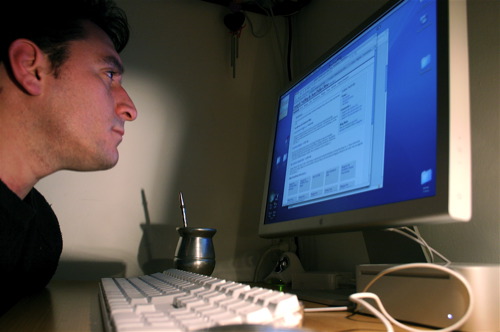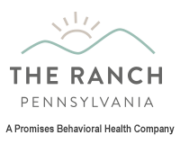The Internet is steadily increasing the rates at which we consume news, goods, information, and now, illicit drugs. “Detailed instructions for how to make designer drugs” are not only available online, but they are also available for purchase, forcing an already-bad problem into epidemic proportions. From spice to bath salts to meow meow, substance abusers are visiting their local emergency rooms with overdose symptoms faster than people trying to stop it can keep up. The Dangers of Designer Drugs The ease with which designer drugs can be purchased and manufactured via online means is “escalating out of control,” according to the International Narcotics Control Board. These New Psychiatric Substances (NPS) are appearing on the street in dangerous formulations faster than officials can test and count them. In fact, it is precisely because people are taking untested drugs that no one — least of all the addict — understands the potential long term consequences of designer drug abuse. Nevertheless, designer drugs are quickly replacing narcotics such as heroin and cocaine as the drug of choice on street corners around the world. Synthetic marijuana, more commonly known as spice, sends thousands of Americans to the hospital every year and has been linked to kidney damage. Bath salts — not the same crumbly crystals sometimes placed in bath water for softer skin — “have been linked to aggressive violent crime, and side effects including agitation, insomnia, irritability, depression, paranoia, delusions, suicidal thoughts, seizures and panic attacks,” according to CBS News. Legality and Confusion Some users may mistake a drug that is legally sold in the United States for a “safe” drug. Unfortunately, even legal drugs such as certain bath salts formulations produce a variety of serious side effects. Because illicit drug manufacturers are leveraging the power of the Internet to produce a profit, as soon as the U.S. government declares one substance “unsafe” they have already moved on to the next most-effective narcotic. Small-print labeling such as “not safe for human consumption” marks the manufacturer’s claim that the drug is not meant to get high — users, addiction professionals, and law enforcement personnel, of course, know better, and that is why many designer drug users wind up in drug abuse treatment. Photo: Juan Pablo Olmo

